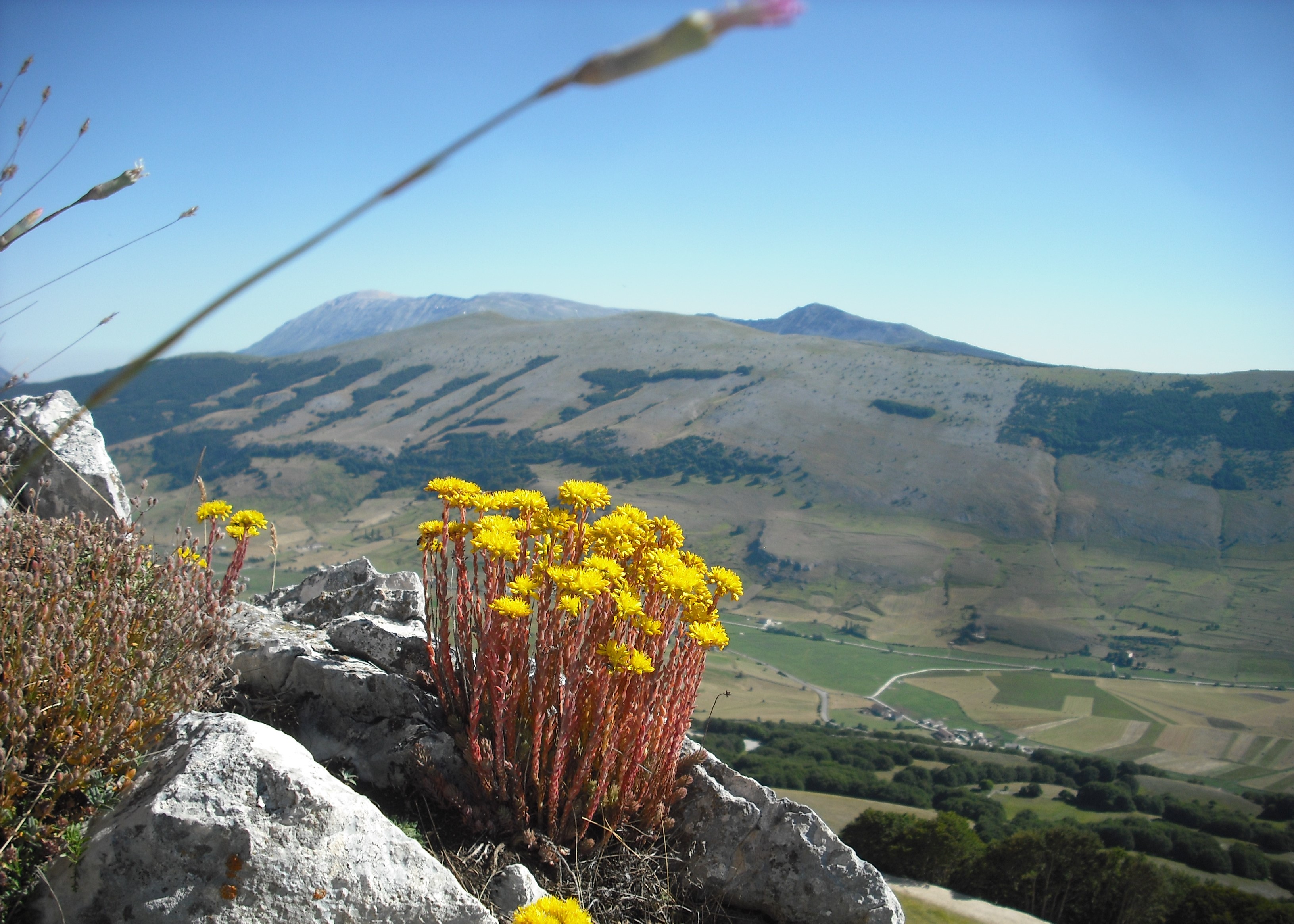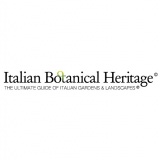
The Majella National Park established in 1991, is one of the three national parks in Abruzzo, extending over the provinces of L’Aquila, Pescara and Chieti for about 62838 hectares of mostly mountain land. It is very compact: it covers the area surrounding the calcareous massif of Majella, the Morrone mountains (West) and the Pizi and Porrara peaks (East).
Majella, just as the nearby Morrone massif, is a huge calcareous dolomitic massif characterised by a series of vast plains at the top of the mountain, slightly declining because of the action of glaciers over thousands of years, such as Femmina Morta (2500 m of altitude). More than 2100 plant species were censed in the park, about one third of the whole Italian flora. Some species were identified there for the first time.
Its slopes, the East and North-West one in particular, present long uneven valleys where the river Orta flows, gathering the water of a vast basin and separating the Majella and Morrone massifs. The valley is particularly uneven in the municipalities of Bolognano and San Valentino, where it creates a canyon. Within the park, there are seven state natural reserves, five wildlife refuges, botanical gardens, visitor centres and many open hermitages.
Flora and fauna
There are more than 150 animal species besides Ursus arctos marsicanus, Canis lupus italicus and Rupicapra pyrenaica, such as Charadrius morinellus (a very rare bird in Italy). The flora of Parco Nazionale della Majella is characterised by its richness with more than 2100 censed species, more than 65% of the flora of Abruzzo. The flora of the park also counts 142 endemic species, of which five only grow there: Soldanella minima and Centaurea tenoreana, the symbols of the botanical gardens in the park, Pinguicula spp., Crepis magellensis and Ranunculus multidens. The exceptional value of the flora of the park derives also from the presence of many rare species that deserve to be safeguarded. There are almost 300 specimens inscribed to the Red Lists of species in danger of extinction or safeguarded by international laws.
Ancient woods
In mountain areas, certain parts of woods have a physiognomy and structure that evolved over long periods of time, reaching a more advanced vegetation and structure development than the average Italian wood, where such processes were interrupted by the action of man (or, more rarely, by natural factors). These areas have the typical characteristics of old growth forests.
Within the park, there are some recognized old growth forests: S. Antonio wood, in Pescocostanzo, and some areas of beech wood in Palena and Pizzoferrato.



